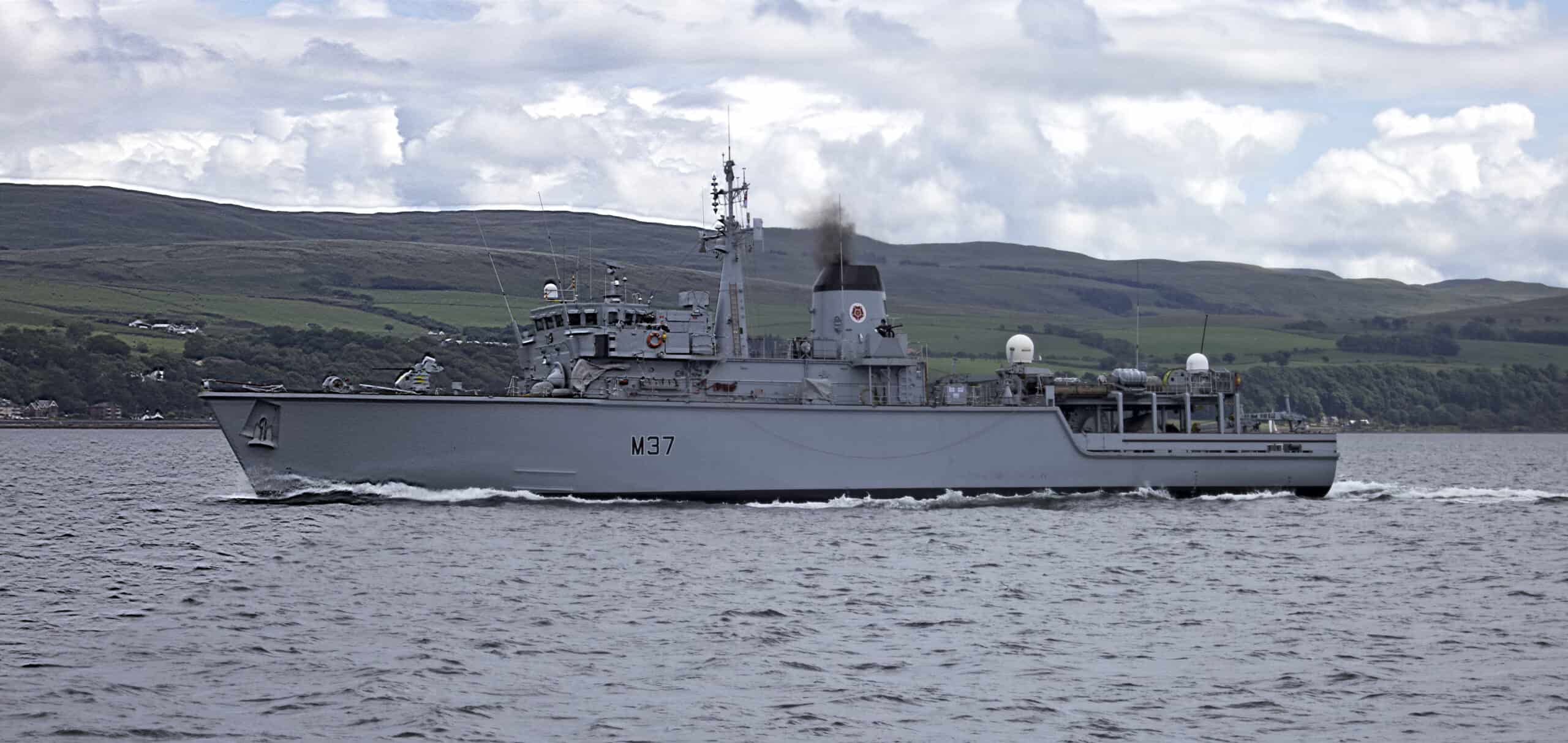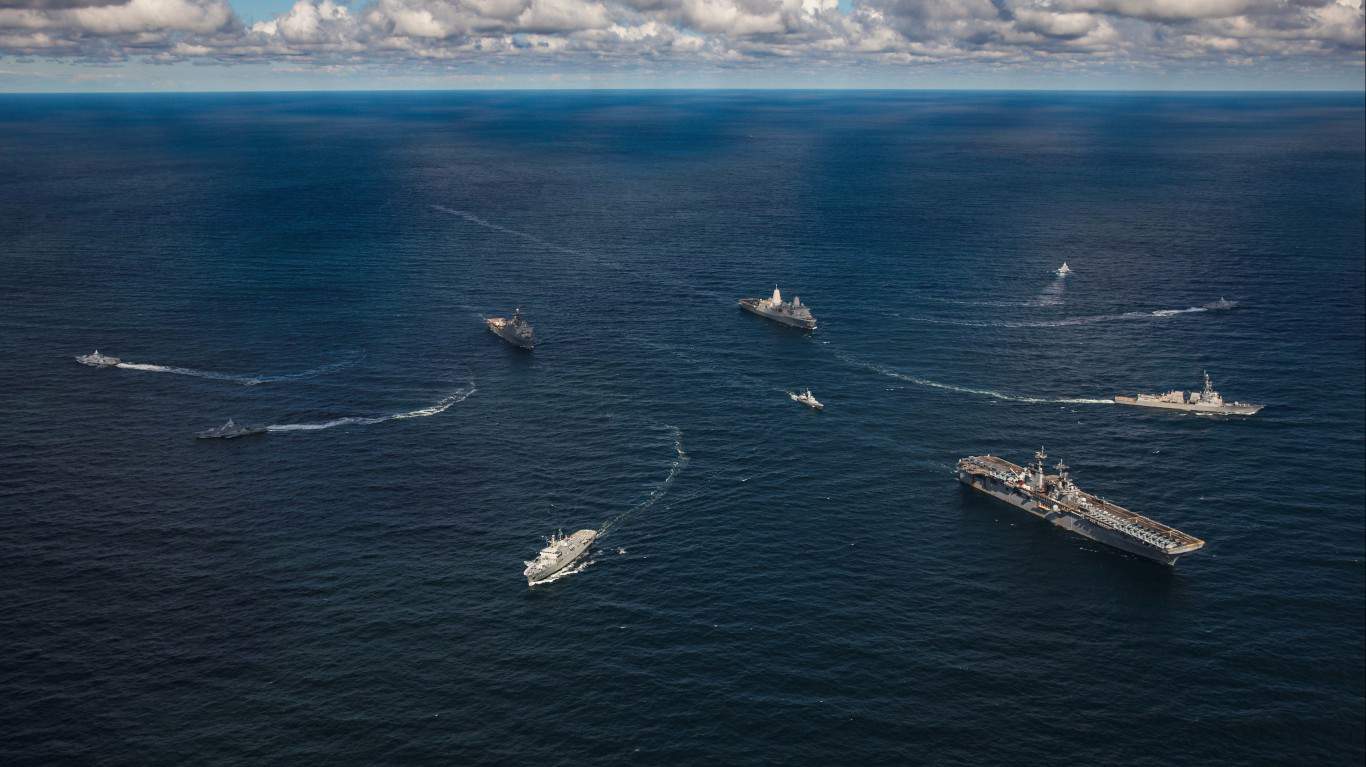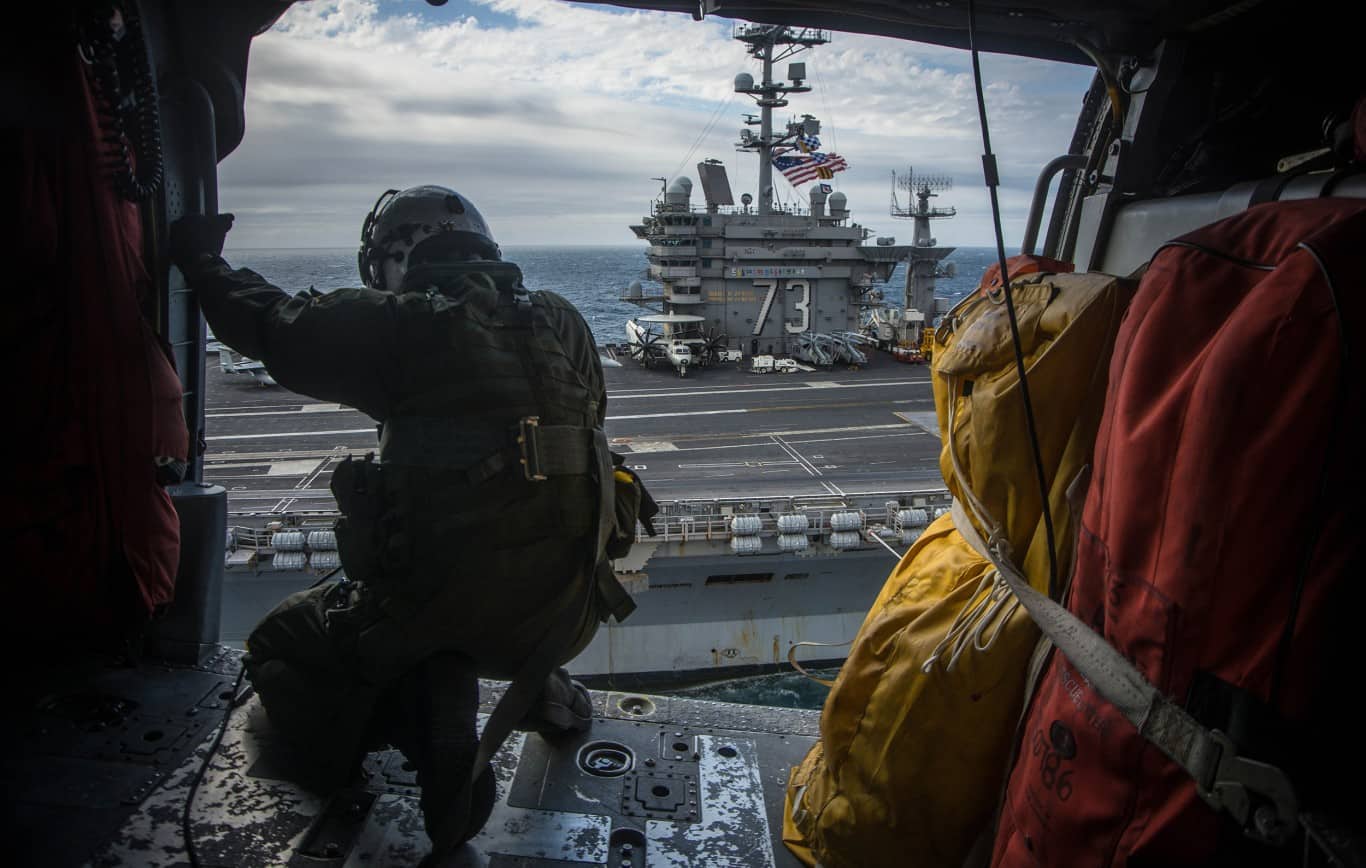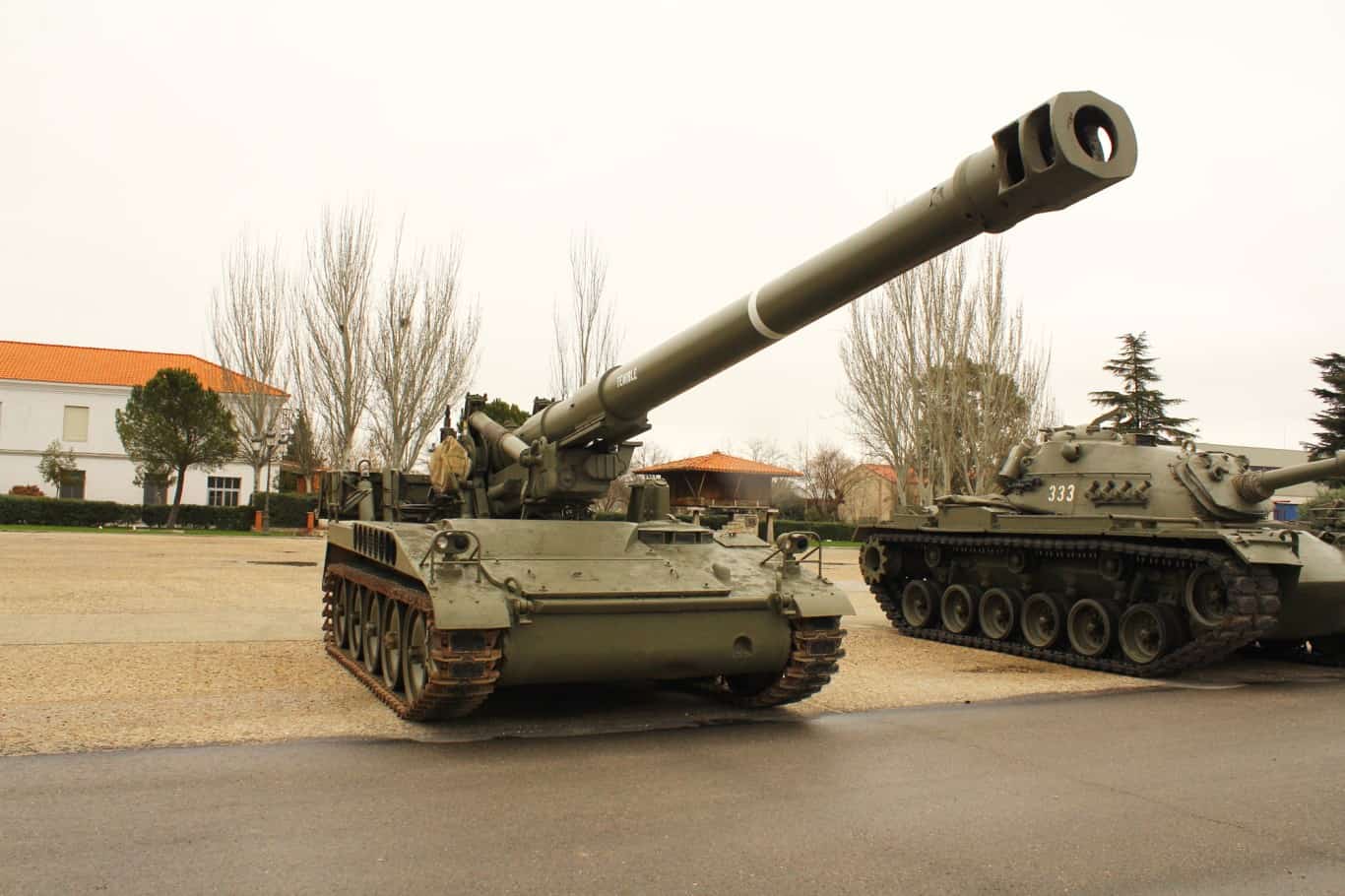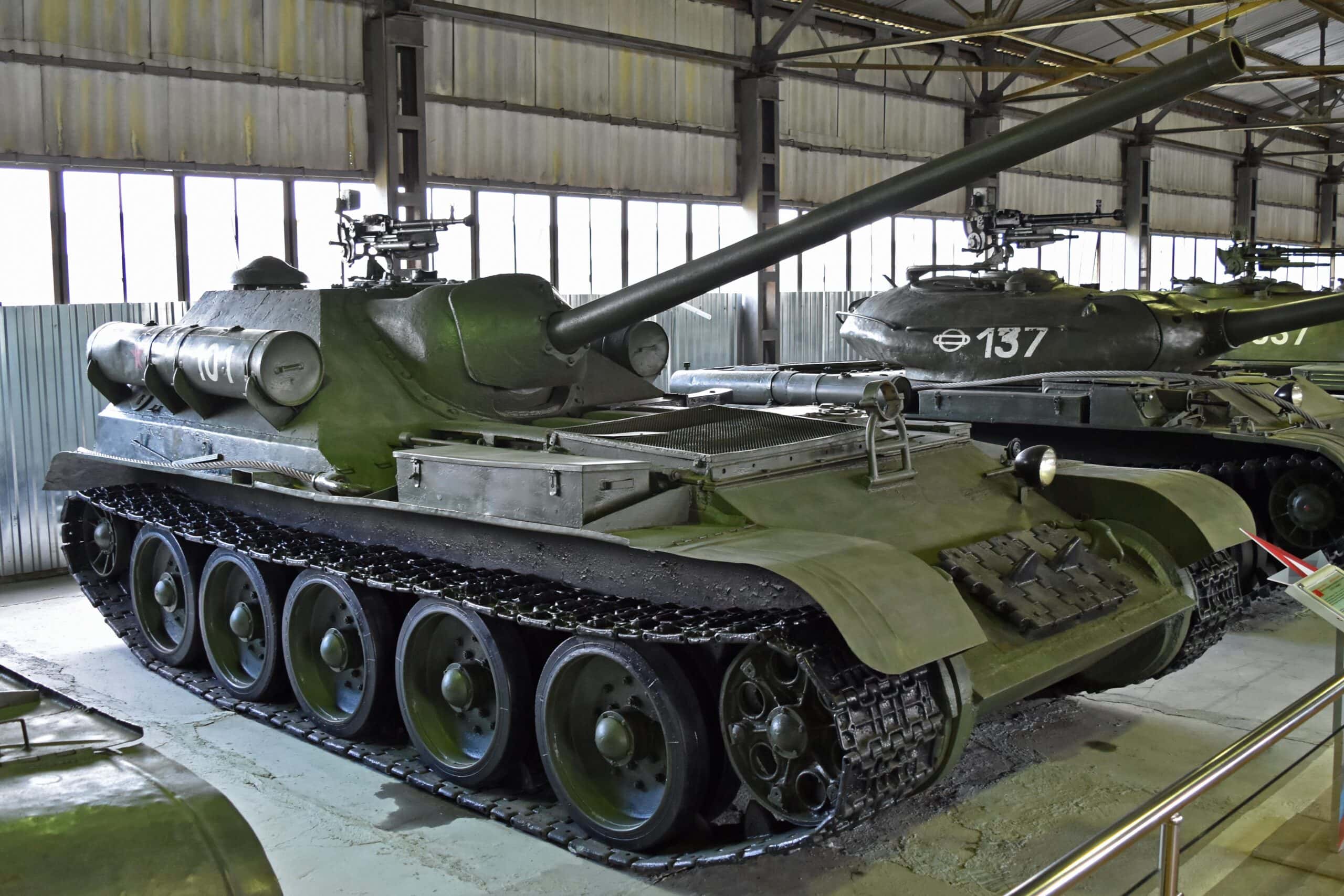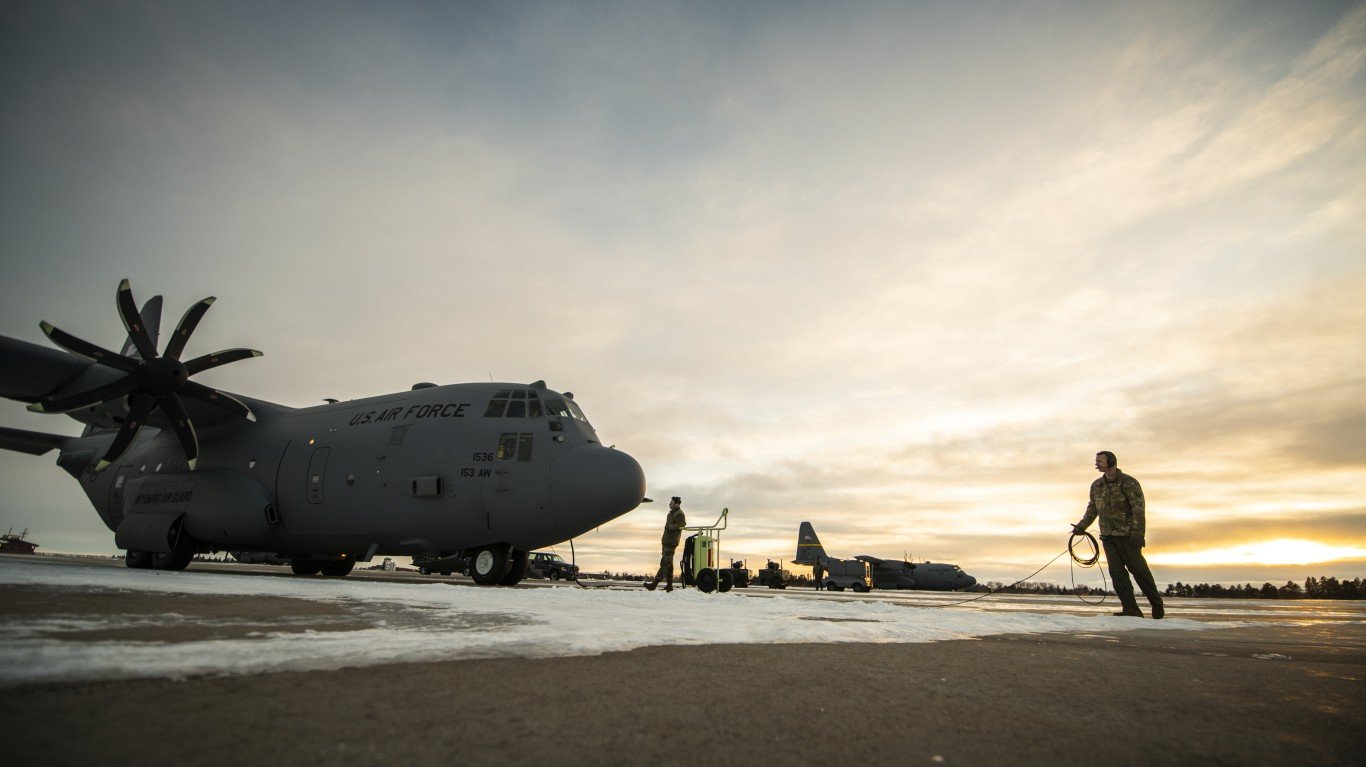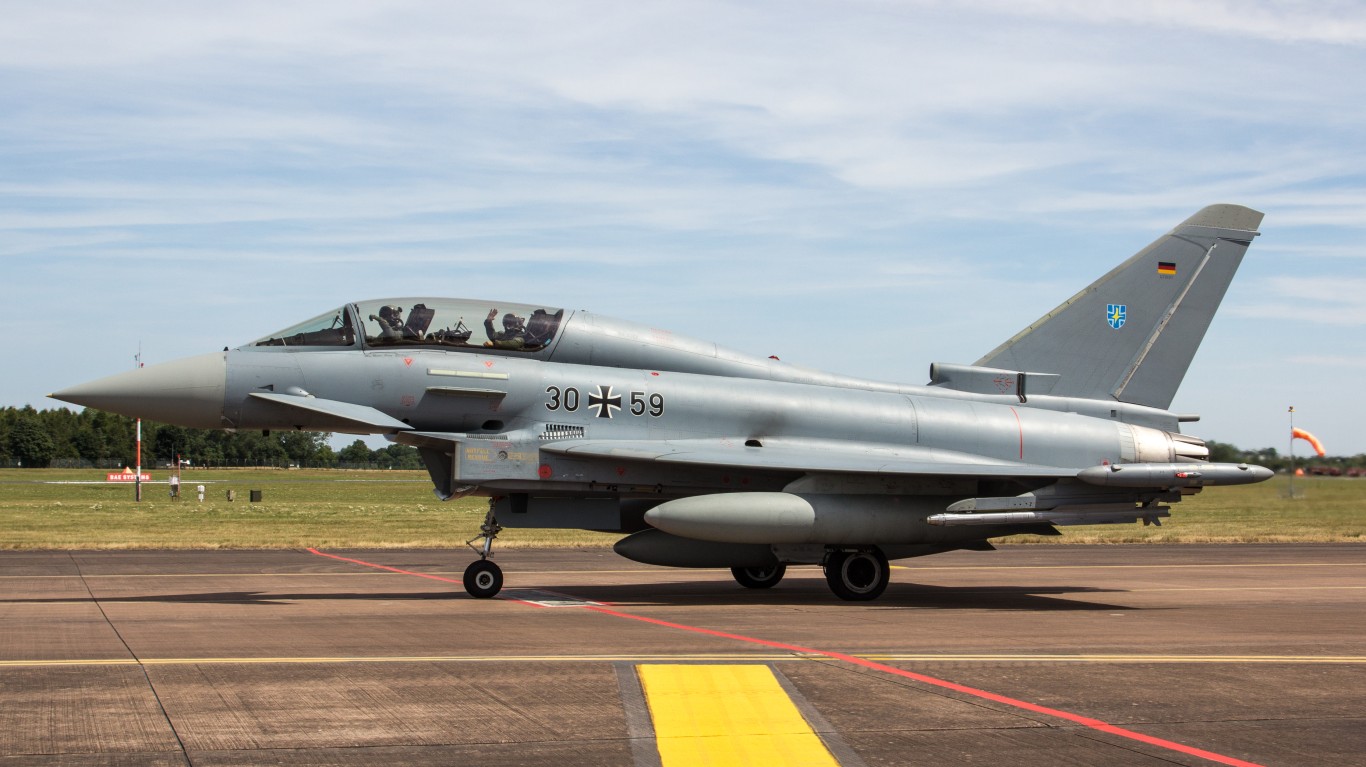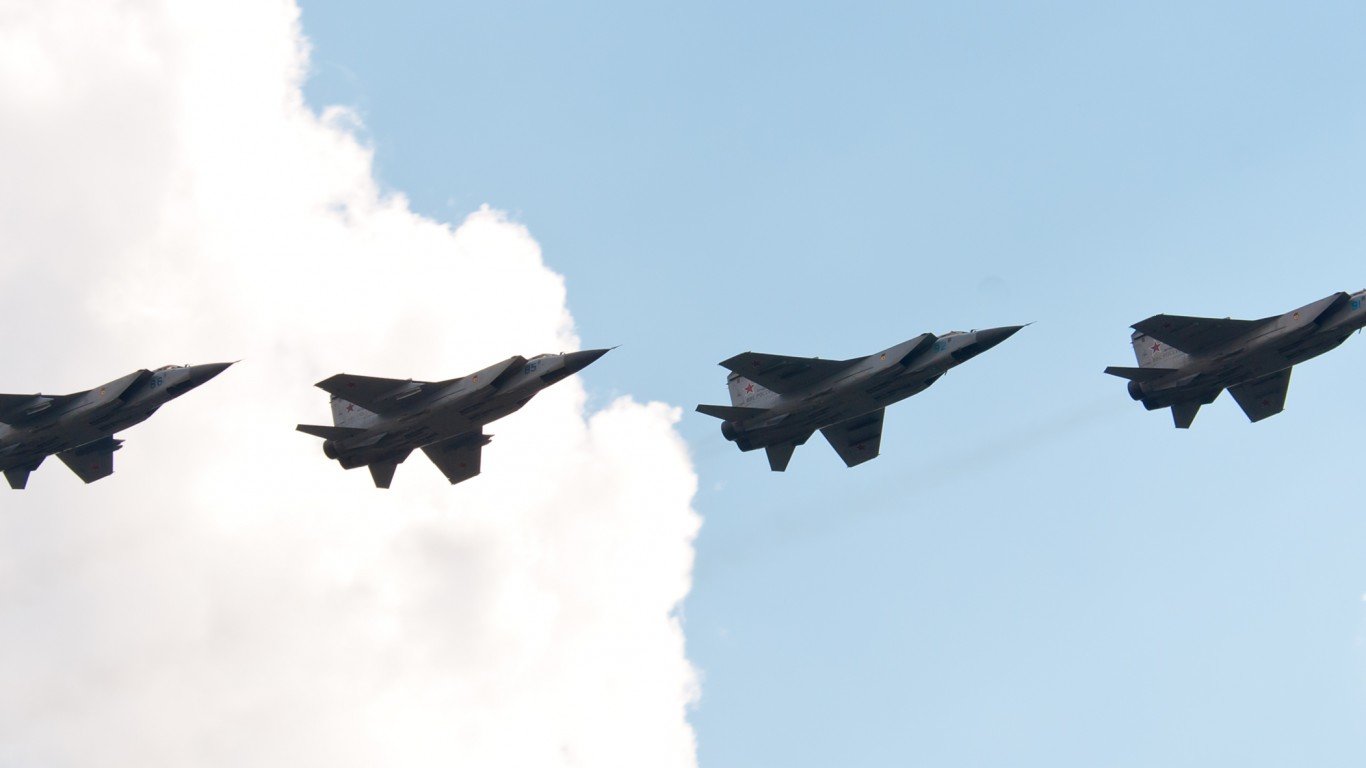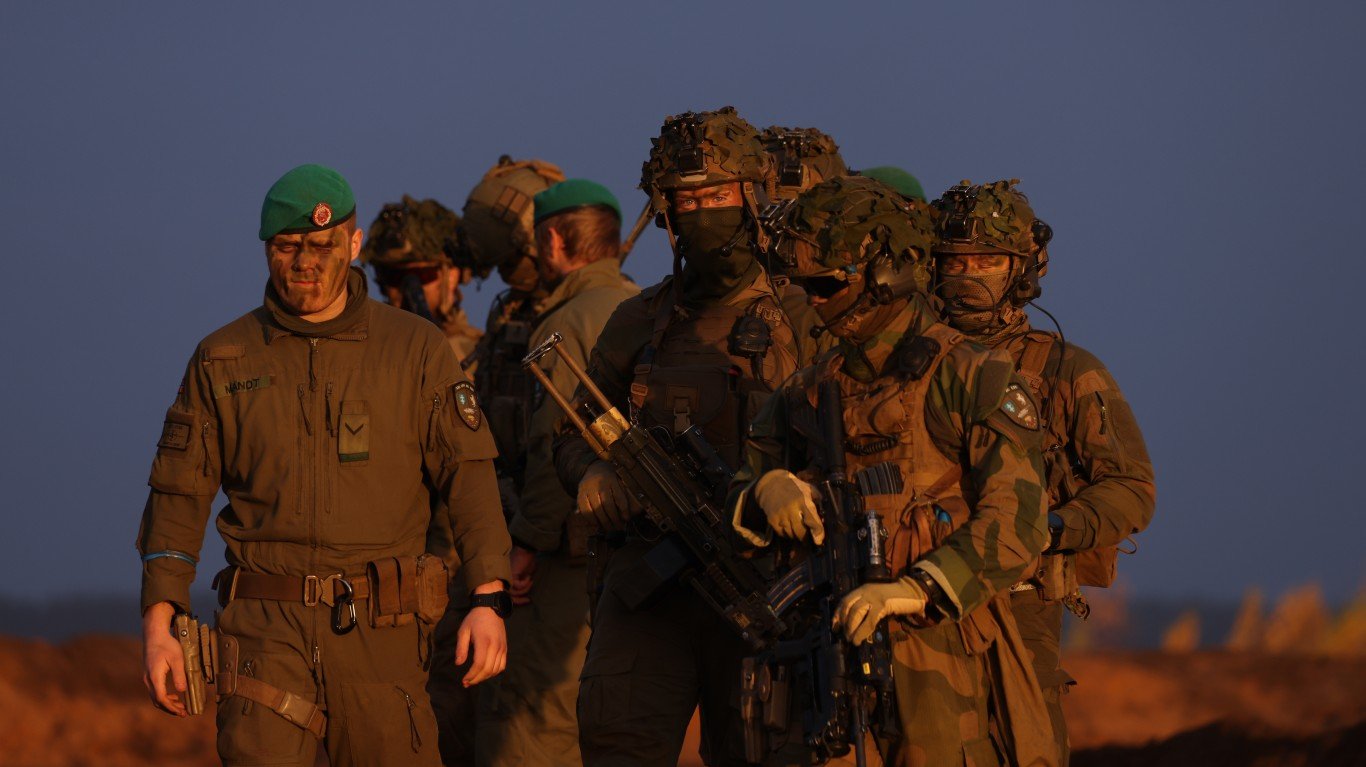

Russia launched its full-scale invasion of Ukraine in February 2022, and now, more than two years later, the conflict remains ongoing with no end in sight. The invasion is widely interpreted as an attempt by Russian President Vladimir Putin to reclaim territory lost in the breakup of the Soviet Union — an event he has called “the greatest geopolitical tragedy of the 20th century.”
Only weeks before the outbreak of the war, at a time when Russia had already amassed thousands of troops along the Ukrainian border, western powers rejected Putin’s demands that Ukraine never be admitted into the North Atlantic Treaty Organization. But if Russia’s war was also intended as a safeguard against future NATO expansion, it has already proved an abject failure.
The NATO military alliance began in 1949, largely as a deterrent to Soviet expansion in Europe. Beginning with 12 founding member states — including Belgium, France, Italy, the United Kingdom, and the United States — an additional 20 countries have since ascended to NATO membership. Finland and Sweden, the two newest NATO members, joined the alliance in a direct response to war in Ukraine, abandoning their long-standing policy of military neutrality.
Under Article 5 of the founding NATO treaty, an attack against one ally is an attack against all. Currently, nine NATO members share a border with Russia, Ukraine, or both — and should Putin pursue territorial expansion across any one of those borders, an all-out war between Russia and NATO may be unavoidable.
Using data from Global Firepower’s 2024 report on international military capabilities, 24/7 Wall St. reviewed how NATO’s military strength compares to Russia’s. In the event of a conflict between Russia and NATO, individual NATO members would not likely be able to commit all military assets to the war effort. Global Firepower therefore assumed a minimum 25% contribution from each NATO ally to each category listed in this story — from active-duty troops and reserve forces to weapons and material. Similarly, Global Firepower assumed only 75% of Russian military assets to be available and operational. For context, we also included Global Firepower’s estimates of American military power and assets.
In most of the 27 categories of weapons, material, and other resources relevant to waging war on this list, the NATO alliance has the upper hand over Russia. Still, with twice the number of dedicated attack aircraft as NATO, three times the number of tanks, and nearly seven times the inventory of rocket artillery pieces, Russia has advantages in some key areas. (Here is a look at every Russian combat aircraft currently in service.)
However, in a total war scenario, many allies would likely put far a larger share of weapons, money, and manpower towards the effort than is assumed in Global Firepower’s analysis. The defense budget of the U.S. alone is more than 10 times that of Russia. Of the 27 categories of key military assets on this list, the U.S. has an advantage over Russia in all but seven — and in many of those areas, additional contributions from other NATO allies would go a long way toward closing the gap. (Here is a look at 20 of the U.S. military’s deadliest weapons.)
Why It Matters
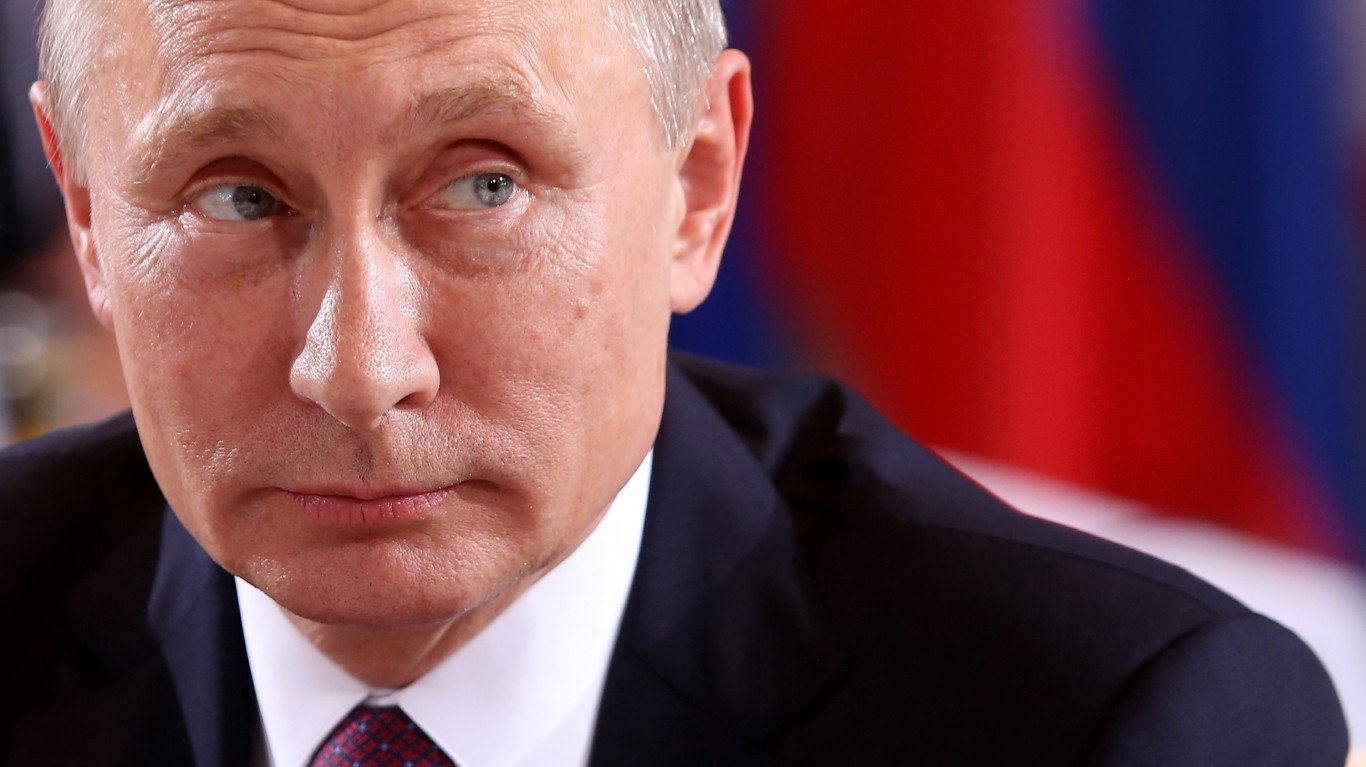
The ongoing war in Ukraine is the largest military conflict in Europe since World War II. While NATO has been supplying aid in the form of weapons and money to the Ukrainian effort, no NATO ally has engaged directly in combat — at least so far. Should the war spill across the border of a NATO country, all NATO allies will be obligated under the principle of collective defense to take up arms against Russia.
Oil production

- Russia’s projected capacity: 10.8 million barrels-per-day
- NATO’s projected capacity: 6.8 million barrels-per-day
- United States’ projected capacity: 18.0 million barrels-per-day
Combined budget

- Russia’s projected capacity: $82.6 billion
- NATO’s projected capacity: $235.5 billion
- United States’ projected capacity: $831.8 billion
Labor force

- Russia’s projected capacity: 52,500,000 personnel
- NATO’s projected capacity: 103,333,500 personnel
- United States’ projected capacity: 164,797,000 personnel
Mine warfare vessels
- Russia’s projected capacity: 37 hulls
- NATO’s projected capacity: 45 hulls
- United States’ projected capacity: 8 hulls
Submarines
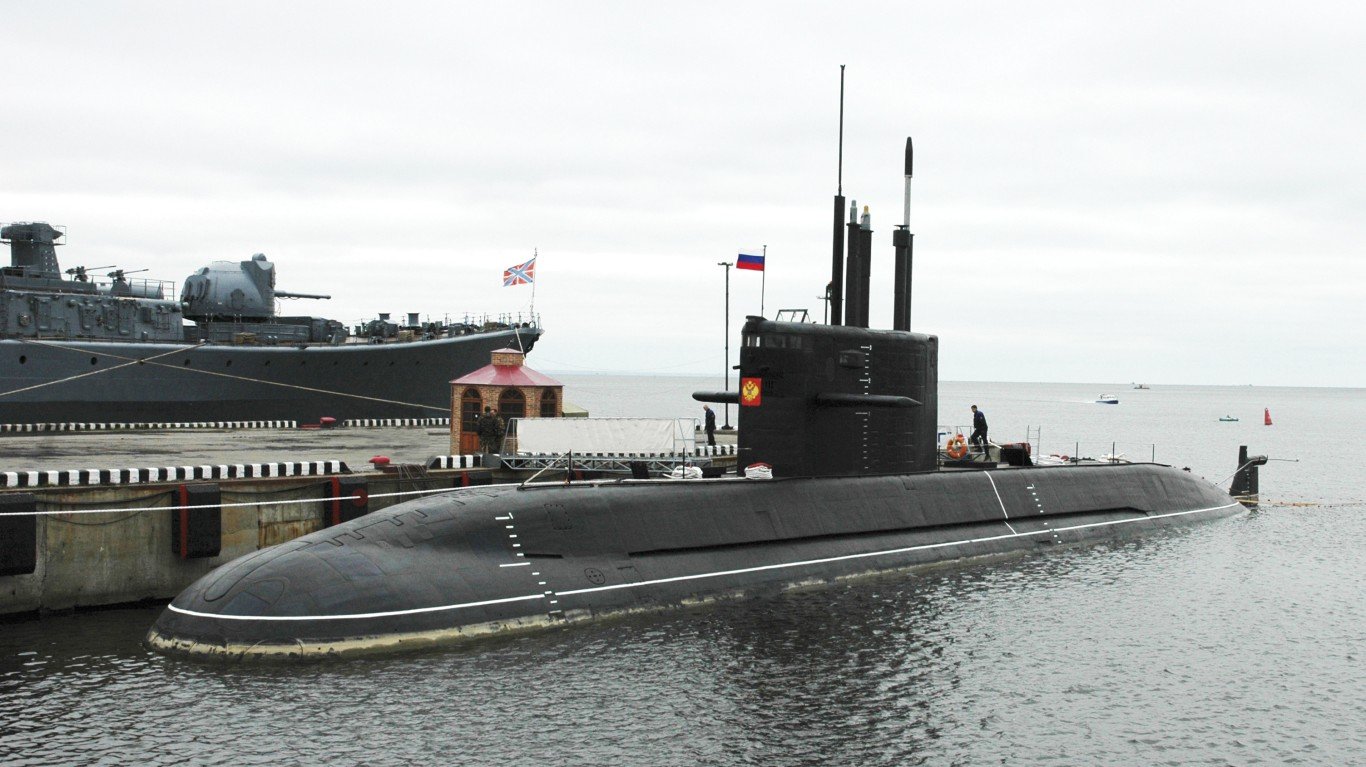
- Russia’s projected capacity: 53 hulls
- NATO’s projected capacity: 37 hulls
- United States’ projected capacity: 64 hulls
Corvettes
- Russia’s projected capacity: 65 hulls
- NATO’s projected capacity: 16 hulls
- United States’ projected capacity: 23 hulls
Frigates

- Russia’s projected capacity: 8 hulls
- NATO’s projected capacity: 34 hulls
- United States’ projected capacity: None
Naval destroyers

- Russia’s projected capacity: 11 hulls
- NATO’s projected capacity: 28 hulls
- United States’ projected capacity: 75 hulls
Helicopter carriers
- Russia’s projected capacity: None
- NATO’s projected capacity: 3 hulls
- United States’ projected capacity: 9 hulls
Aircraft carriers
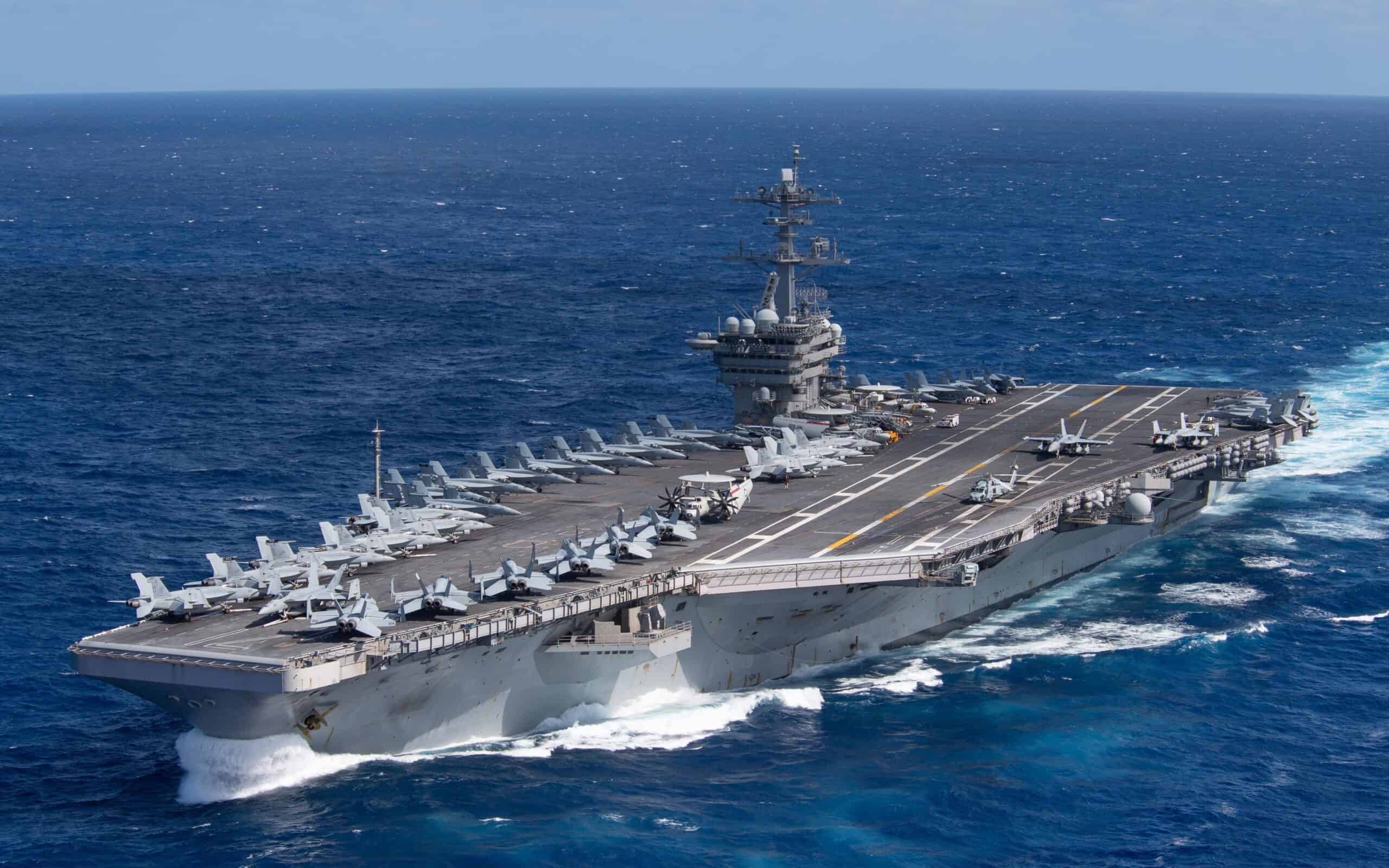
- Russia’s projected capacity: 1 hull
- NATO’s projected capacity: 4 hulls
- United States’ projected capacity: 11 hulls
Total naval assets
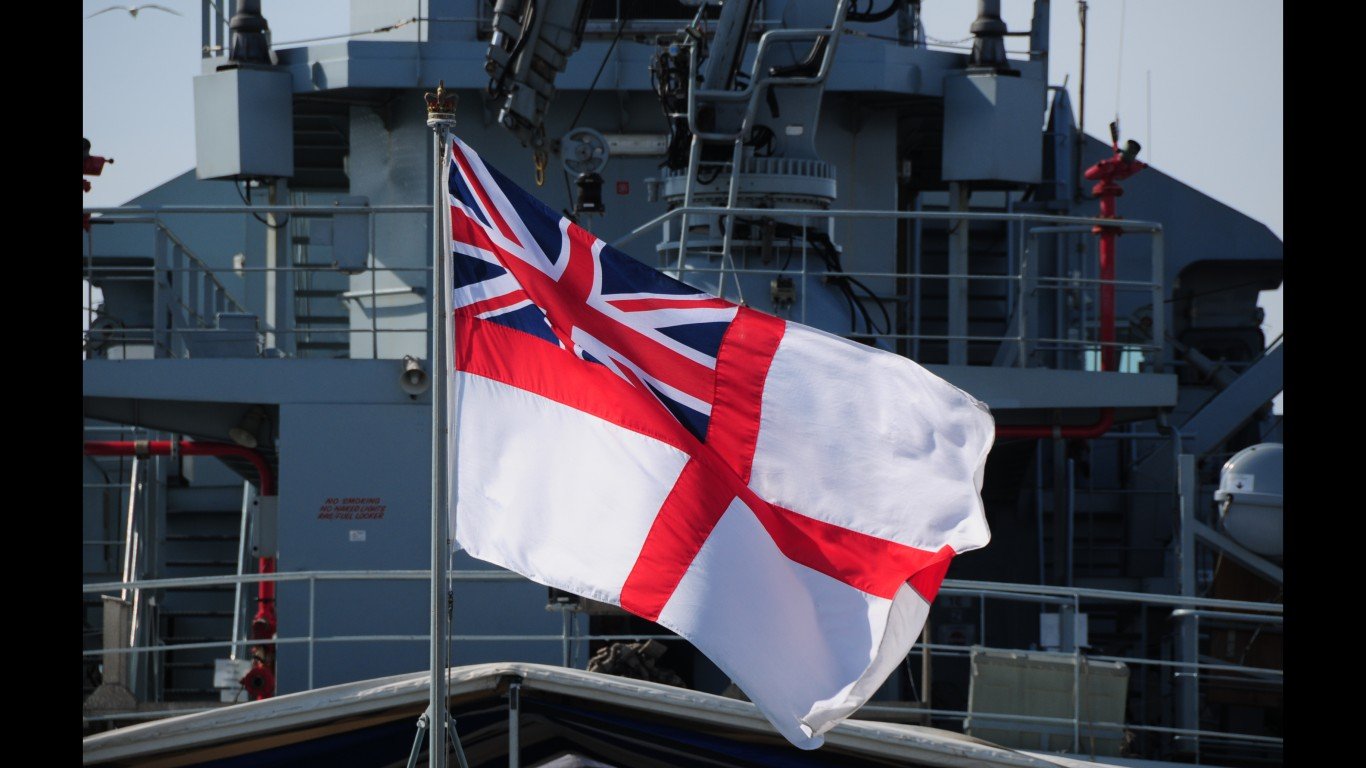
- Russia’s projected capacity: 449 hulls
- NATO’s projected capacity: 687 hulls
- United States’ projected capacity: 472 hulls
Rocket artillery
- Russia’s projected capacity: 2,915 pieces
- NATO’s projected capacity: 429 pieces
- United States’ projected capacity: 694 pieces
Towed artillery

- Russia’s projected capacity: 3,252 pieces
- NATO’s projected capacity: 1,765 pieces
- United States’ projected capacity: 1,267 pieces
Self-propelled guns
- Russia’s projected capacity: 4,931 vehicles
- NATO’s projected capacity: 1,158 vehicles
- United States’ projected capacity: 1,595 vehicles
Armored fighting vehicles
- Russia’s projected capacity: 113,731 units
- NATO’s projected capacity: 251,909 units
- United States’ projected capacity: 360,069 units
Tanks
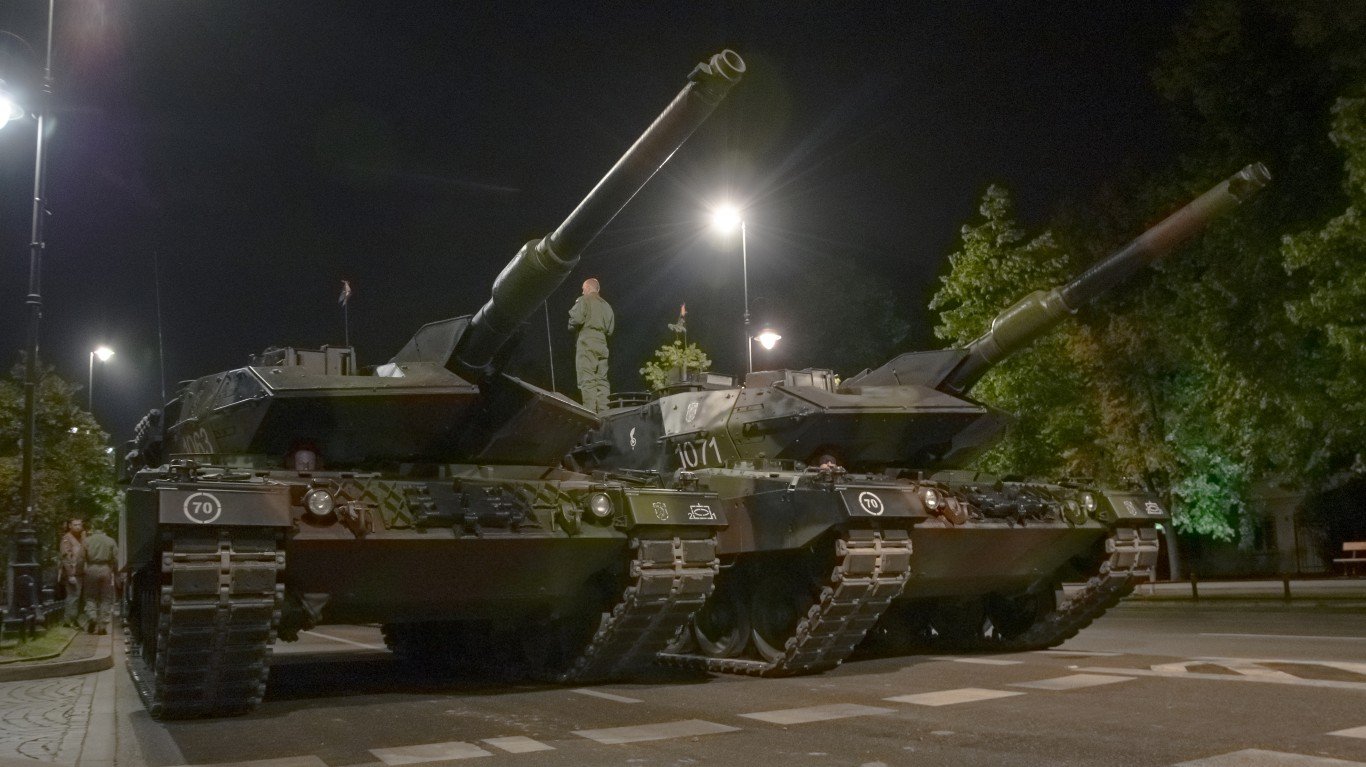
- Russia’s projected capacity: 9,425 vehicles
- NATO’s projected capacity: 3,184 vehicles
- United States’ projected capacity: 4,657 vehicles
Attack helicopters
- Russia’s projected capacity: 403 units
- NATO’s projected capacity: 360 units
- United States’ projected capacity: 1,000 units
Helicopters
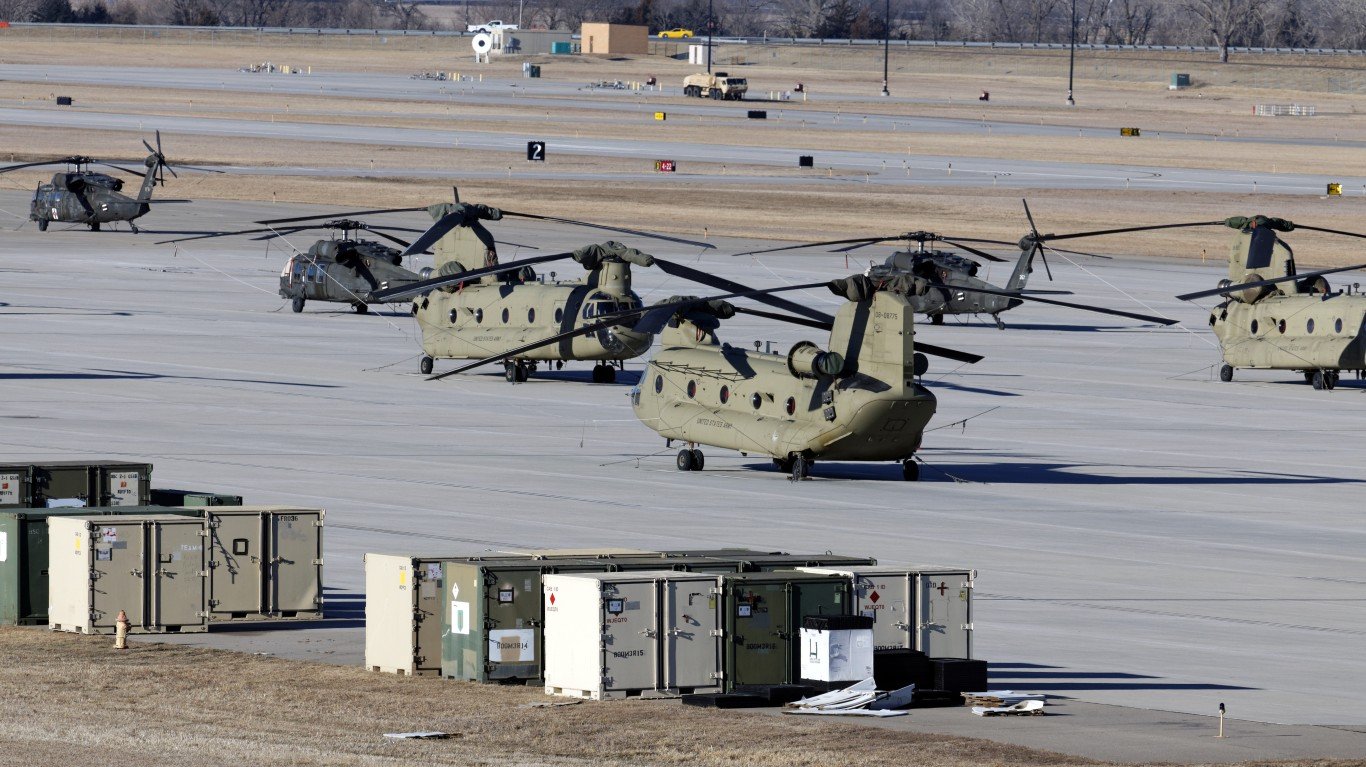
- Russia’s projected capacity: 1,148 units
- NATO’s projected capacity: 2,172 units
- United States’ projected capacity: 5,737 units
Aerial refueling craft

- Russia’s projected capacity: 14 units
- NATO’s projected capacity: 155 units
- United States’ projected capacity: 606 units
Special-mission aircraft

- Russia’s projected capacity: 110 units
- NATO’s projected capacity: 244 units
- United States’ projected capacity: 695 units
Fixed-wing transporters
- Russia’s projected capacity: 333 units
- NATO’s projected capacity: 381 units
- United States’ projected capacity: 957 units
Dedicated attack aircraft
- Russia’s projected capacity: 558 units
- NATO’s projected capacity: 277 units
- United States’ projected capacity: 896 units
Fighter and interceptor aircraft
- Russia’s projected capacity: 580 units
- NATO’s projected capacity: 881 units
- United States’ projected capacity: 1,854 units
Total airpower

- Russia’s projected capacity: 3,137 aircraft
- NATO’s projected capacity: 5,253 aircraft
- United States’ projected capacity: 13,209 aircraft
Reserve manpower

- Russia’s projected capacity: 187,500 personnel
- NATO’s projected capacity: 649,150 personnel
- United States’ projected capacity: 799,500 personnel
Frontline manpower
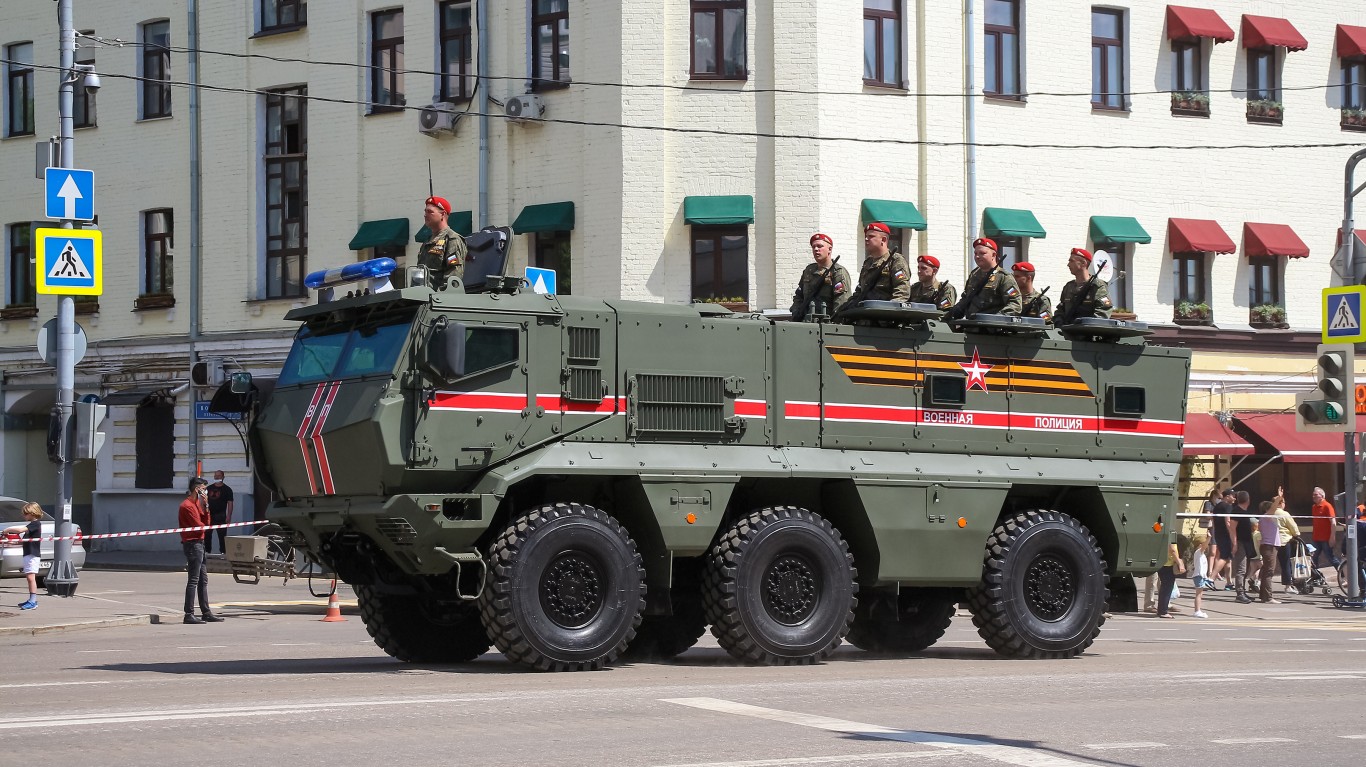
- Russia’s projected capacity: 623,175 personnel
- NATO’s projected capacity: 851,350 personnel
- United States’ projected capacity: 1,328,000 personnel
Combined manpower
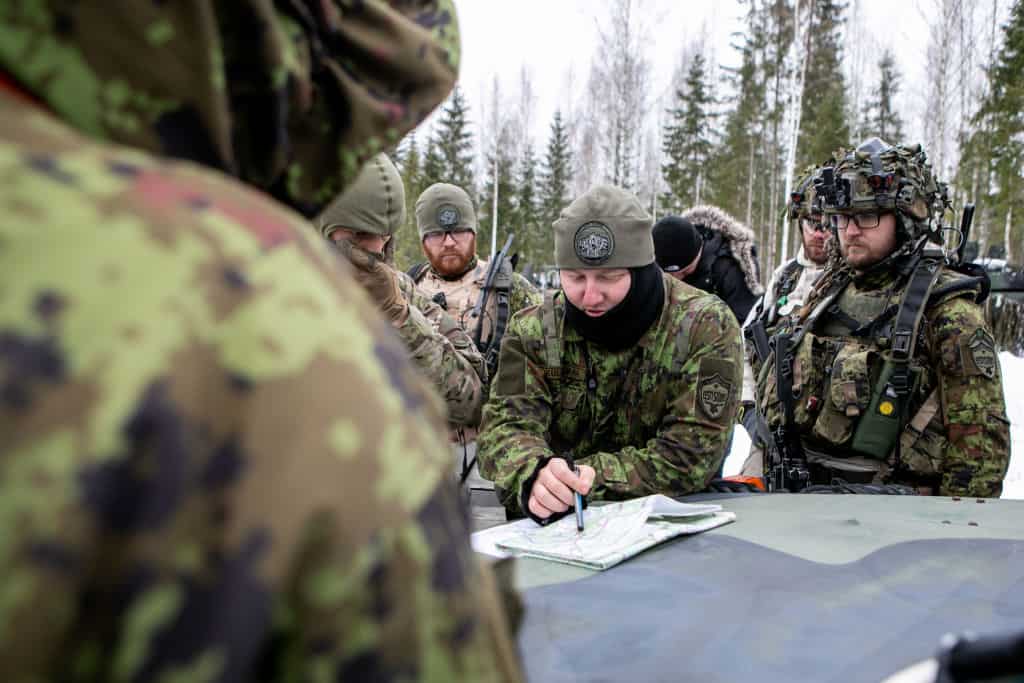
- Russia’s projected capacity: 810,000 personnel
- NATO’s projected capacity: 1,506,750 personnel
- United States’ projected capacity: 2,127,500 personnel
The Easy Way To Retire Early
You can retire early from the lottery, luck, or loving family member who leaves you a fortune.
But for the rest of us, there are dividends. While everyone chases big name dividend kings, they’re missing the real royalty: dividend legends.
It’s a rare class of overlooked income machines that you could buy and hold – forever.
Click here now to see two that could help you retire early, without any luck required.
Thank you for reading! Have some feedback for us?
Contact the 24/7 Wall St. editorial team.
